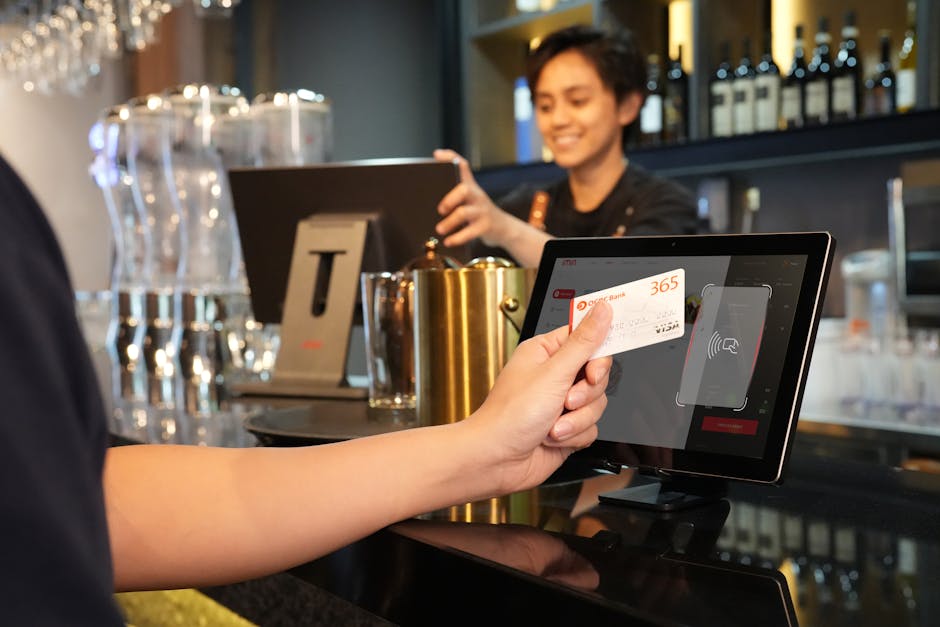Understanding Mobile Payment Integration An Overview
Understanding Mobile Payment Integration An Overview
Blog Article

In today's digital economy, businesses are continually seeking ways to enhance customer experiences and streamline transactions. One significant advancement in this realm is the process of mobile payment integration. This approach allows businesses to accept payments through mobile devices, offering convenience and speed to both customers and merchants. As consumers increasingly favor mobile transactions, understanding and implementing mobile payment solutions becomes not just beneficial, but essential for staying competitive.
Understanding Mobile Payment Integration: An Overview
Mobile payment integration refers to the process of incorporating mobile payment capabilities into a business's existing systems. This enables customers to make purchases using their smartphones or tablets, often through applications or websites optimized for mobile use. The importance of mobile payment integration lies in its ability to provide a seamless and efficient transaction experience. Not only does it cater to the growing preference for mobile commerce, but it also enhances customer satisfaction by offering multiple payment options that are quick and easy to use.
Step-by-Step Guide to Integrating Mobile Payment Systems
Integrating mobile payment solutions into your business can be a straightforward process if approached methodically. Here is a step-by-step guide to help you through the integration process:
1. Assess Your Business Needs
Begin by evaluating your business model and determining the payment methods that best suit your needs. Consider factors such as your target audience, the types of products or services you offer, and the regions you serve.
2. Choose the Right Payment Gateway
Selecting a payment gateway is a crucial step in mobile payment integration. Look for a gateway that offers robust security features, supports various payment methods, and provides a user-friendly interface. Popular options often include solutions that facilitate both in-app payments and web-based transactions.
3. Implement Necessary Tools
Once you've chosen a payment gateway, the next step is to implement the necessary tools and software. This may involve integrating application programming interfaces (APIs) provided by the payment gateway into your existing systems. Many gateways offer comprehensive documentation to assist with this process.
4. Test the Integration
Before going live, conduct thorough testing to ensure the integration functions correctly. Check for issues such as payment processing errors, user interface glitches, and overall transaction speed. Gather feedback from test users to identify any areas for improvement.
5. Launch and Monitor
After testing, you can officially launch your mobile payment integration. Monitor the system closely for any unforeseen issues and be prepared to make adjustments as needed. Regularly review transaction data to assess performance and customer satisfaction.
Best Practices for Mobile Payment Integration in Your Business
To ensure a successful integration, consider the following best practices:
1. Prioritize Security
Security is paramount when handling financial transactions. Implement strong encryption methods and comply with relevant regulations, such as PCI DSS, to protect sensitive customer data.
2. Focus on User Experience
A seamless user experience can significantly impact customer retention. Ensure that the payment process is intuitive, minimizing the number of steps required to complete a transaction. A well-designed interface can enhance user satisfaction and encourage repeat business.
3. Provide Multiple Payment Options
Different customers have different preferences when it comes to payment methods. Offering a variety of options, such as credit cards, digital wallets, and direct bank transfers, can cater to a broader audience and reduce cart abandonment rates.
4. Stay Updated with Trends
While the focus is on timeless principles, keeping an eye on emerging trends in mobile payment technologies can provide insights for future enhancements. Regularly evaluate your integration to identify opportunities for improvement and adaptation to changing consumer behaviors.
Addressing Common Challenges
Despite careful planning, businesses may encounter challenges during mobile payment integration. Common issues include technical difficulties, customer resistance to new payment methods, and concerns over security. To address these challenges, provide thorough training for staff, offer clear information to customers about new payment options, and continuously invest in security measures to build trust.
In conclusion, mobile payment integration is a vital component for businesses looking to thrive in a digital landscape. By following a structured approach and adhering to best practices, companies can successfully implement mobile payment solutions that enhance customer experiences and optimize transaction processes. As the landscape of commerce continues to evolve, those who embrace these changes will be well-positioned for success.
Report this page